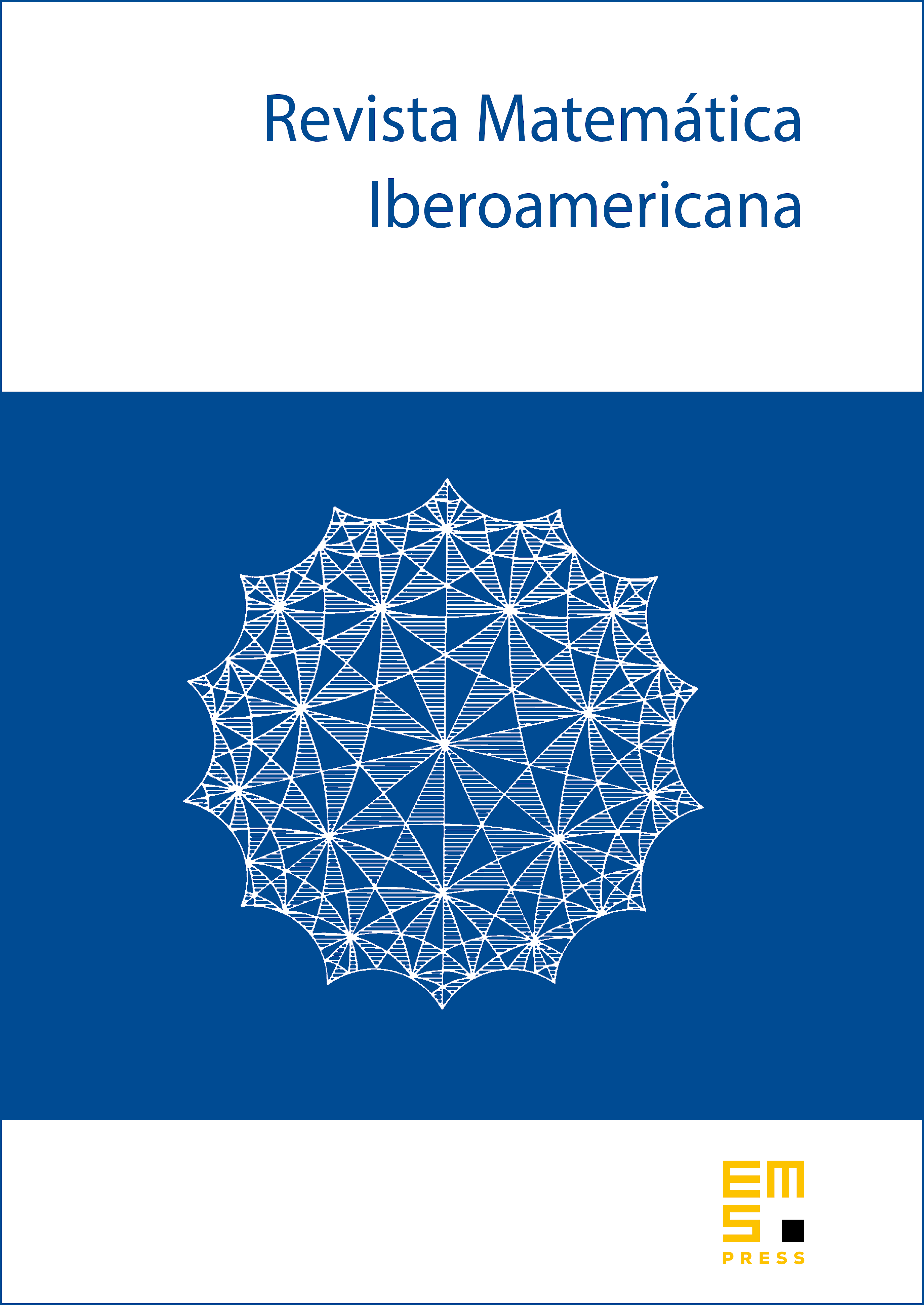High Frequency limit of the Helmholtz Equations
Jean-David Benamou
Domaine de Voluceau, Le Chesnay, FranceFrançois Castella
Université de Rennes I, Rennes, FranceTheodoros Katsaounis
University of Crete, Iraklion, GreeceBenoît Perthame
Université Pierre et Marie Curie, Paris, France

Abstract
We derive the high frequency limit of the Helmholtz equations in terms of quadratic observables. We prove that it can be written as a stationary Liouville equation with source terms. Our method is based on the Wigner Transform, which is a classical tool for evolution dispersive equations. We extend its use to the stationary case after an appropriate scaling of the Helmholtz equation. Several specific difficulties arise here; first, the identification of the source term (which does not share the quadratic aspect) in the limit, then, the lack of bounds which can be handled with homogeneous Morrey-Campanato estimates, and finally the problem of uniqueness which, at several stage of the proof, is related to outgoing conditions at infinity.
Cite this article
Jean-David Benamou, François Castella, Theodoros Katsaounis, Benoît Perthame, High Frequency limit of the Helmholtz Equations. Rev. Mat. Iberoam. 18 (2002), no. 1, pp. 187–209
DOI 10.4171/RMI/315